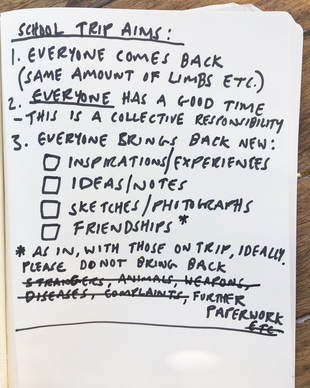
It's common knowledge that organising a school trip, in particular a residential one, is rarely a walk in the park. And even if it was, the prospect of a squirrel attack - or at least the associated paperwork - is usually enough to deter most teachers. Add to this increasing trip costs, alongside the bartering for student time, and it soon becomes clear why school trips are on the decline. All far from ideal, especially for Photography students ever-keen to explore the world.
This post sets out to share our recent individual experiences of school trips to Brighton Photo Biennial 2018. Hopefully it might encourage other teachers - those less-inclined or previously nervous to do so - to consider organising a similar trip of their own. There is much to be gained from these shared adventures. The prevailing memories and relationships can fuel a class for months.
St Peter's School:
We - 14 students, myself and Jasmine O'Hare (accompanying artist/teacher) - arrived early evening and headed straight out for the obligatory fish and chips on Brighton Pier. The pier provided the perfect backdrop for an introduction to night-time photography, which then led us to the beach for a first group activity.
Their responses were highly imaginative and each group justified their work with integrity. These were sensitive responses to themes of movement, home, connections and edges - goose-bump inducing, in fact.
Next stop was Uta Kögelsberger's 'Uncertain Subjects: Part II', a series of portraits of people alienated by the Brexit vote. Presented as a performance of sorts - a series of billboard posters layered and re-layered upon a shipping container - this was a surprisingly captivating experience, the craft of the billboard paster revealing, concealing and combining various identities. We were grateful too for Uta to take time to talk to students and answer questions.
We enjoyed a rich weekend in Brighton, a profound combination of shared laughs and meaningful encounters. Particular thanks to the team at Photoworks, and also to Jasmine O'Hare for giving her time, wisdom and energy with such enthusiasm. Next up Paris Photo 2018!
-- Chris Francis, St. Peter's School
Thomas Tallis School:
Some suggested strategies:
- "If your pictures aren't good enough, you're not close enough.” Robert Capa
- Experiment with shallow depth of field. Look for ways to partially obscure the main subject by including something out of focus in the foreground.
- Look for apertures - holes or gaps to photograph through. Use the photograph with the hole in it I gave you to frame your shot.
- Think about edges, borders and barriers.
- Look out for the colour blue. It’s a theme in the exhibitions since it suggests the sea (a physical barrier between the UK and mainland Europe) and the EU flag. What other blue things can you find?
- Notice (unintentionally) ironic signs that might refer to the current political crisis - E.g. Exit Only
- Photograph works of art from unusual angles or frame them in unexpected ways. Think about lighting and composition.
- Record some ambient sounds on your phone. These could accompany your documentary pictures at a later date.
- Experiment with photographing from different heights (a worm’s eye view is always fun).
- Try re-photographing your own photographs in unusual locations E.g. take a picture on your phone and use your camera to re-photograph it.
- How might you photograph a particular feeling - anxiety, tension, expectation, remorse, authority etc.? How do you feel about the current political situation? How can you represent this in one or more pictures?
- Photograph gaps, absences, missing elements, lost items etc.
- Create a sign and place it somewhere. What will it say? What instructions might it contain? Will it be funny, serious, surreal…? Photograph it. Notice how people react to it. Photograph them too.
- Photograph something very far away.
- Take at least three photographs without looking through your viewfinder or screen. Photograph by feel.
- Generic photographs of city streets.
- Graffiti.
- People standing, looking bored, on train station platforms.
- Wide angle (Estate Agent) pictures of gallery interiors.
- Excessive portraits of your friends posing.
- Dull, wonky pictures of other people’s photographs.
- Shooting in Automatic mode.
Juliette, from Photoworks, had kindly arranged for us to visit Fabrica gallery, usually closed on Tuesdays. So, after a quick lunch, we enjoyed Harley Weir's 'Homes'. The images had been enlarged and printed onto translucent fabric, hanging like banners between the old church columns. The students were able to notice the parallels between the material of the images and that of the homes featured in them, fragile and temporary structures fashioned by refugees in The Jungle. Several copies of Weir's book were available for comparison. The students were quick to spot the potential for shadowy portraits through Weir's images, although they seemed equally drawn to the pulpit, posing with a toy baby we had discovered outside the university (christened Jacob Jnr. - don't ask).

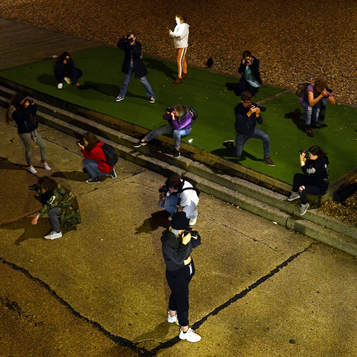

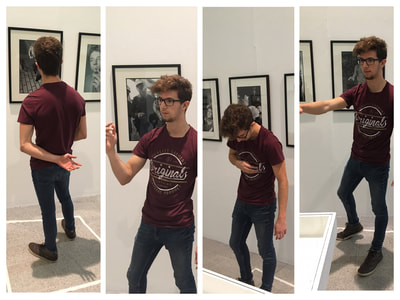
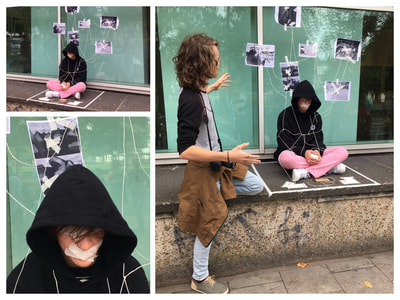
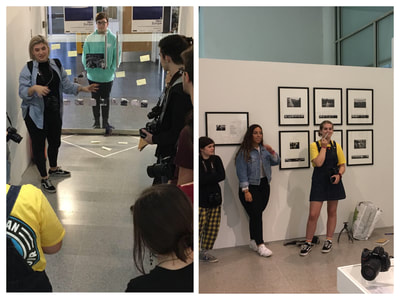
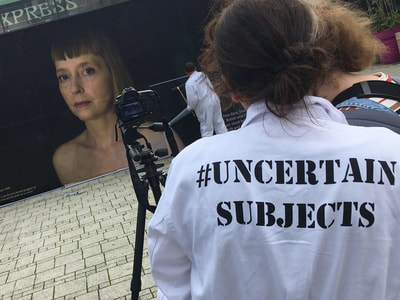
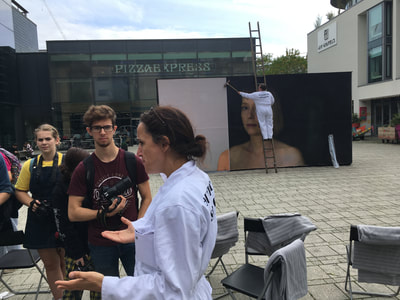
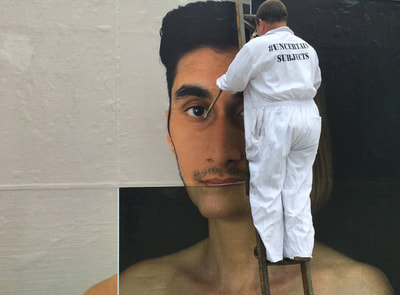
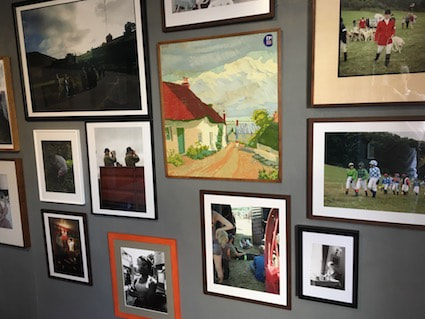
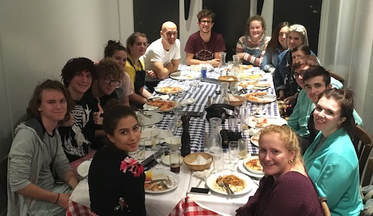
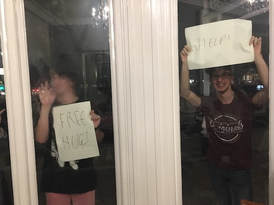
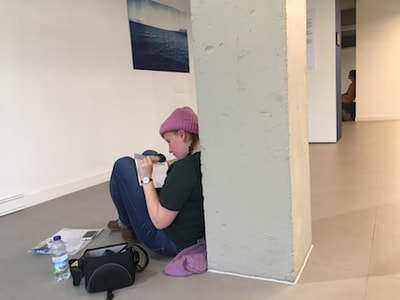
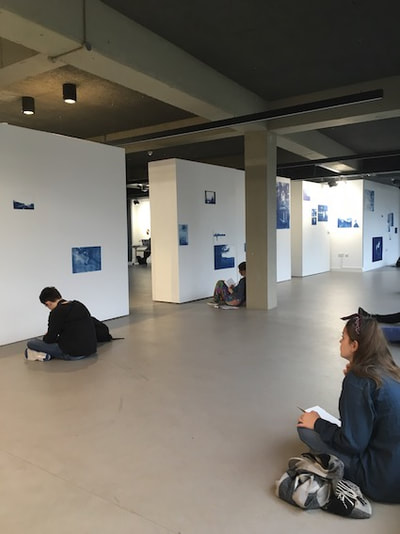
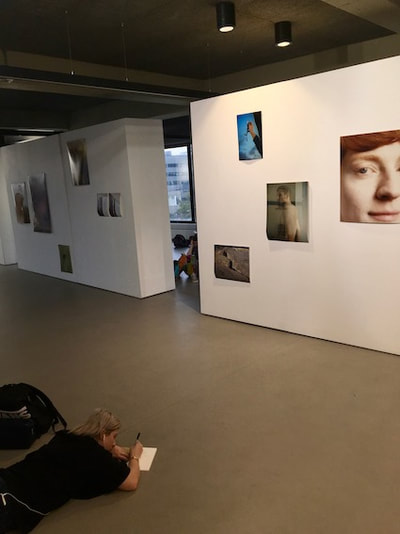
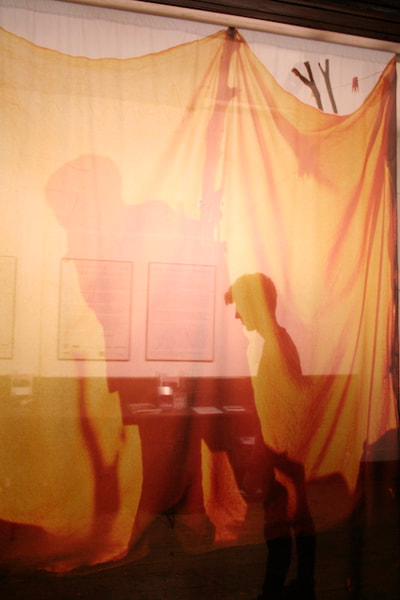
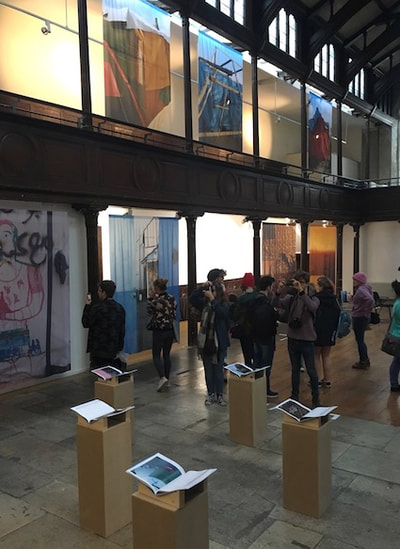
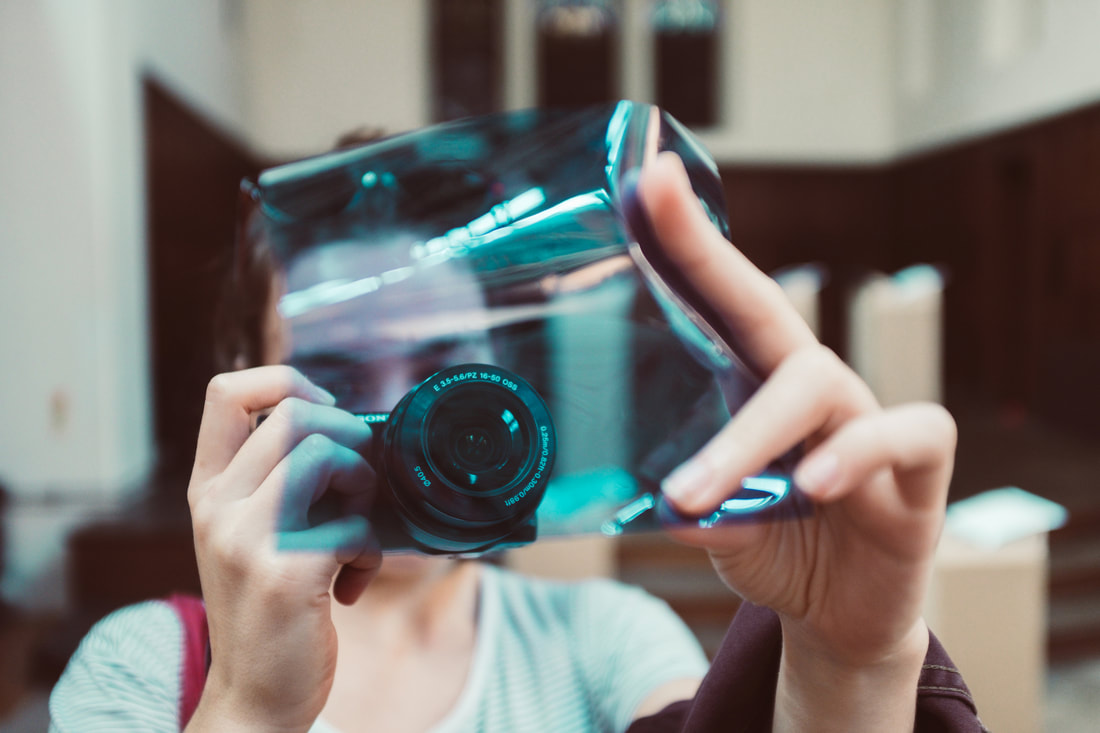
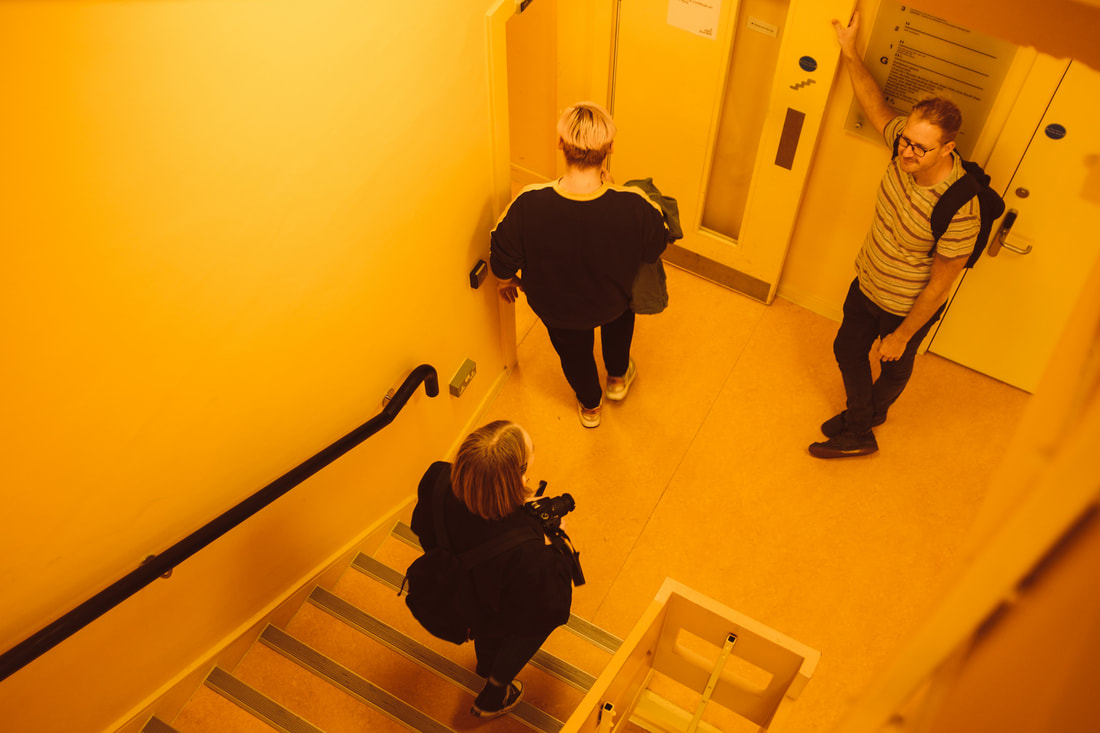
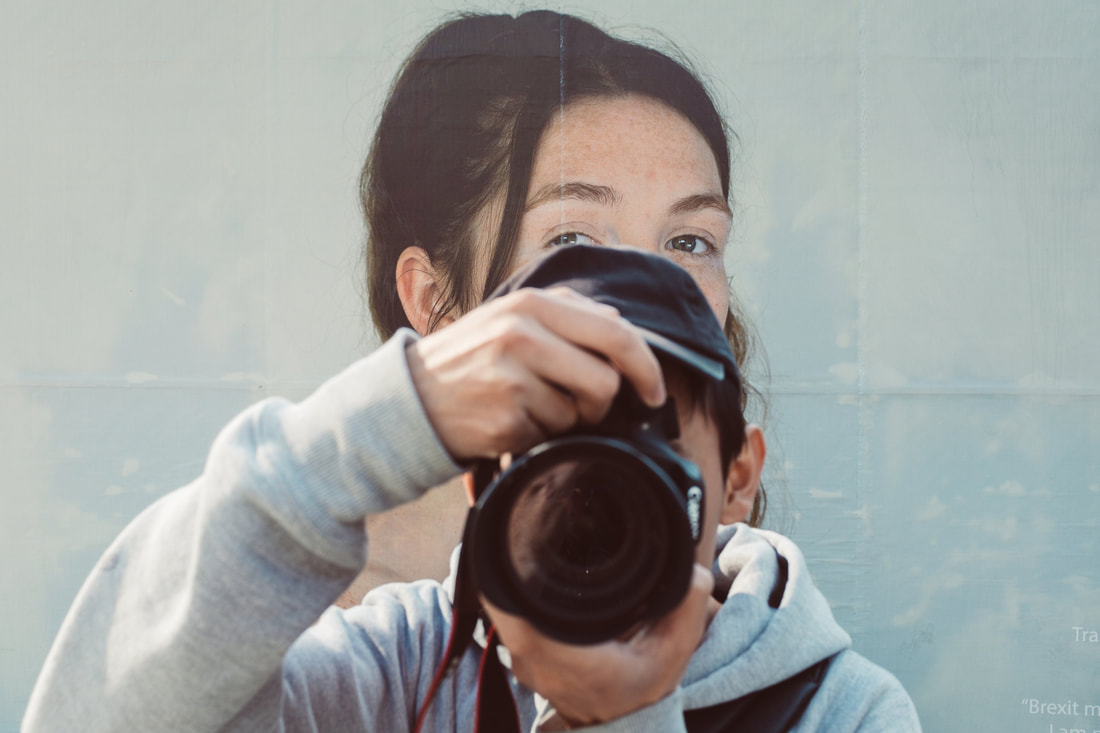
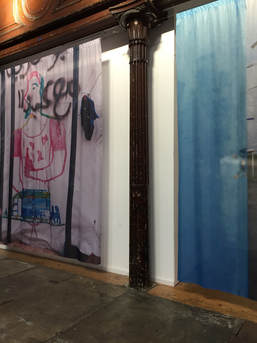
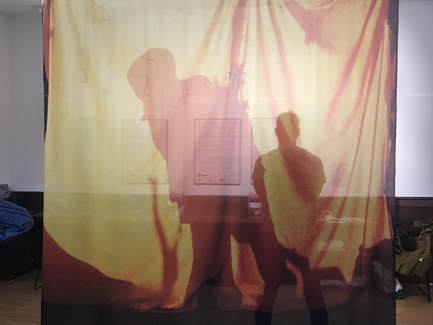
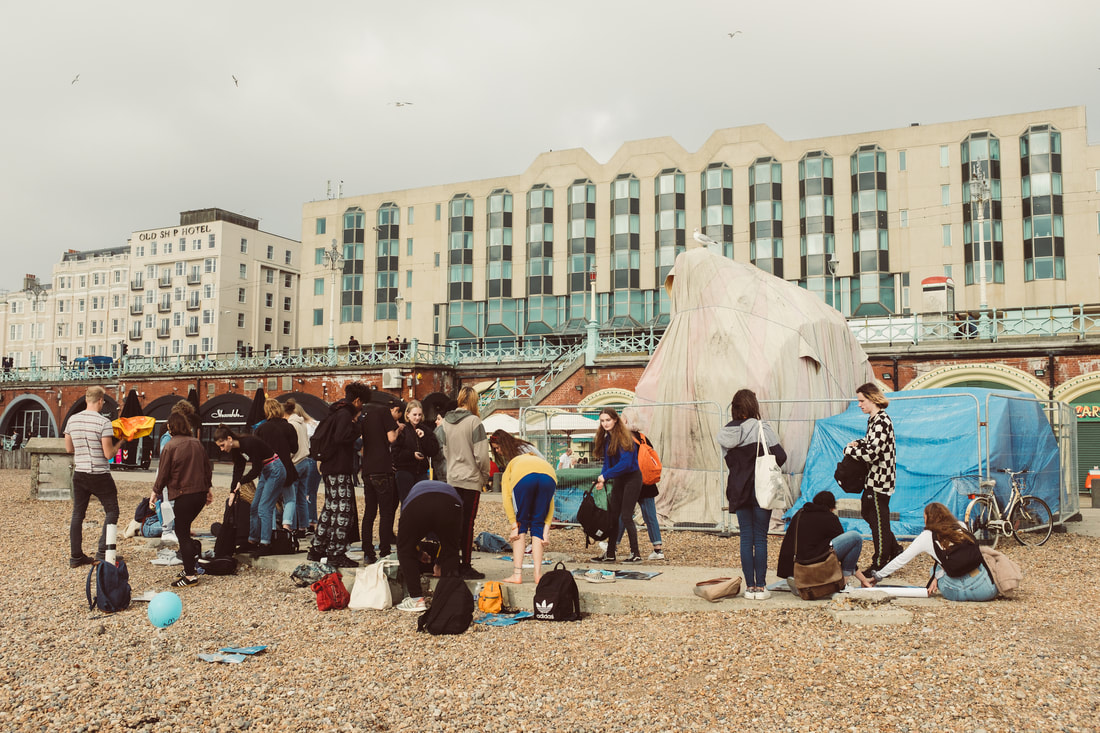
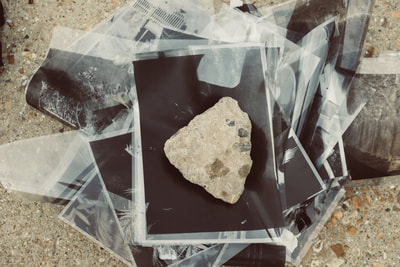
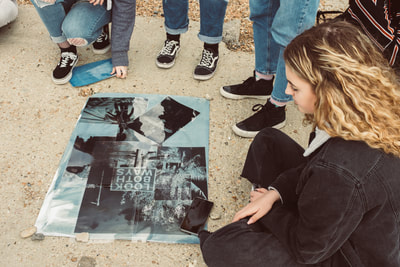
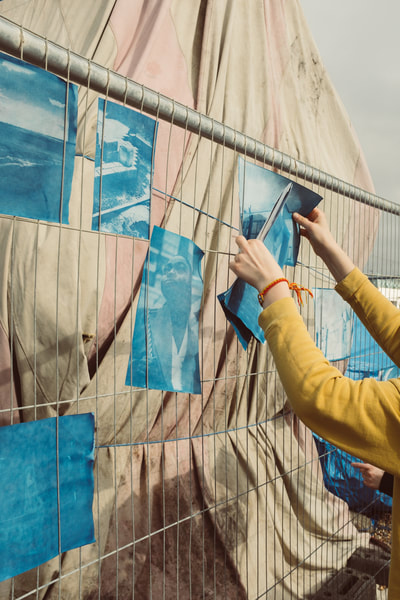
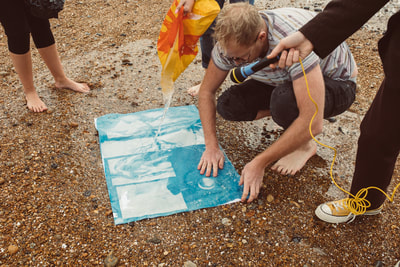
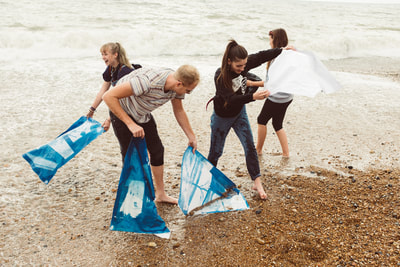
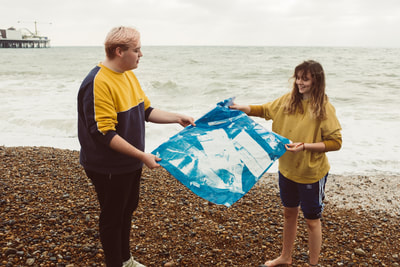
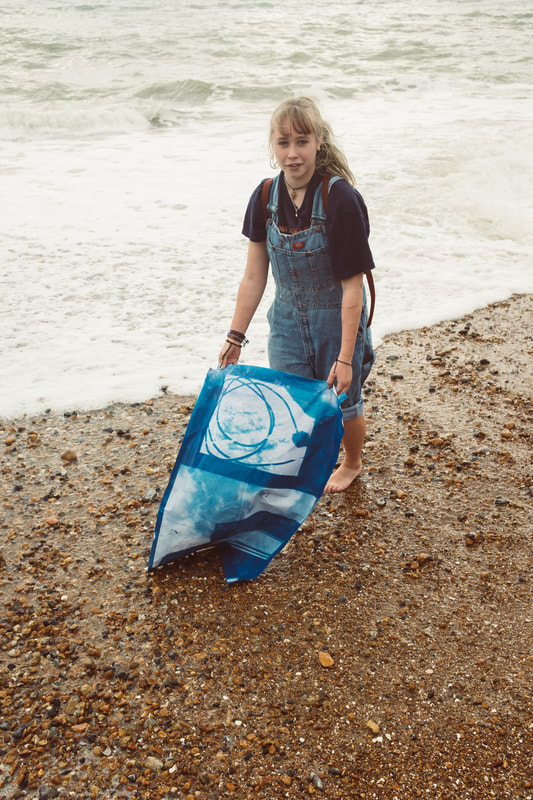
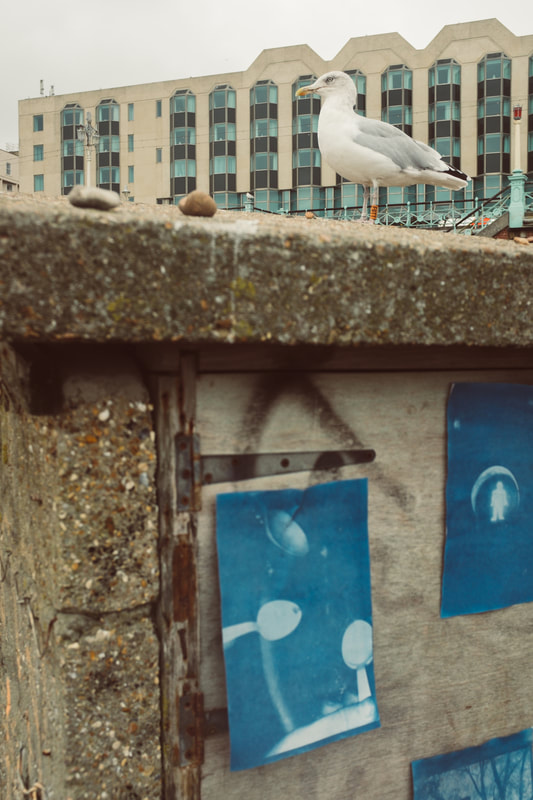
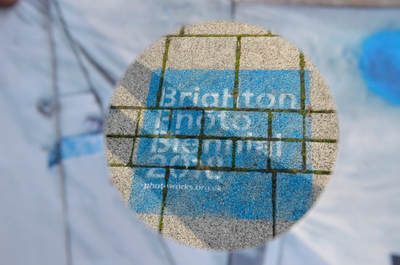
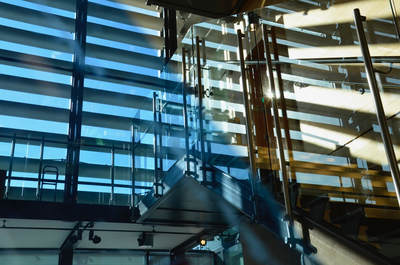
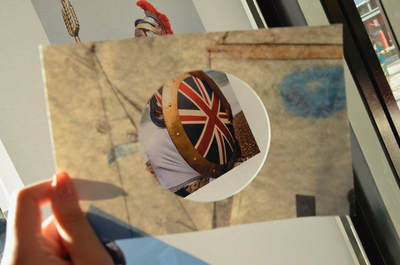
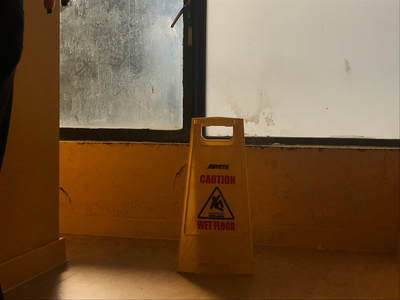
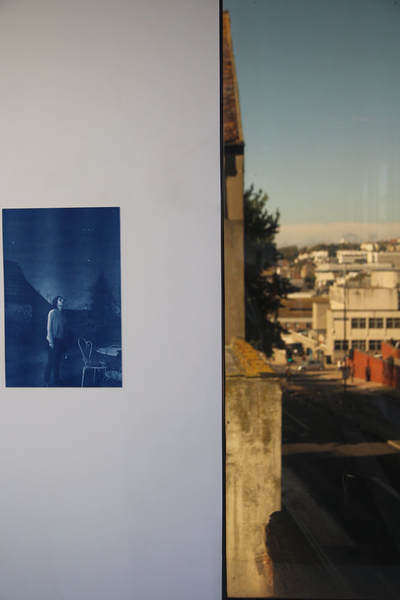
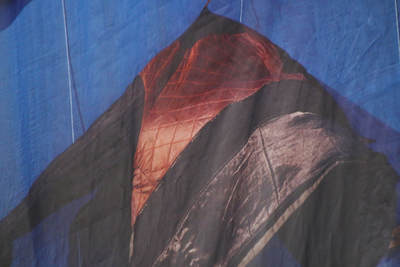
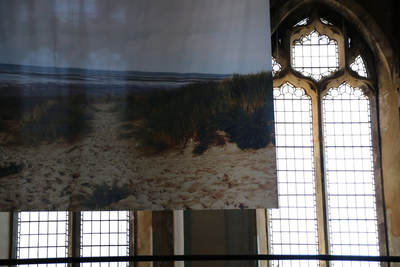
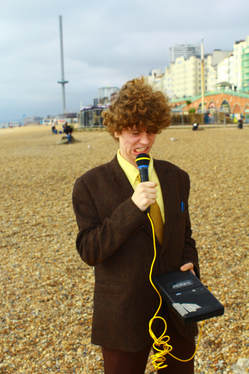
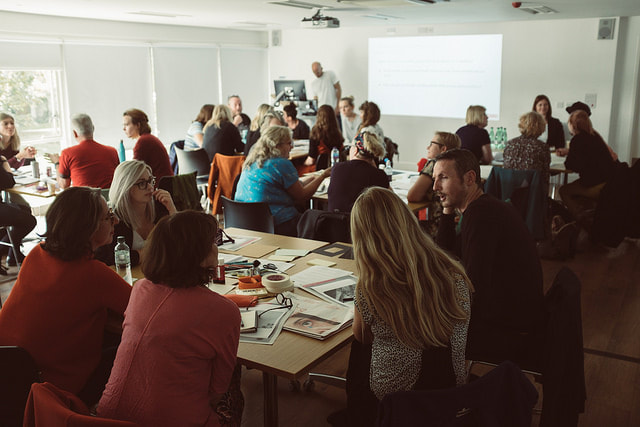
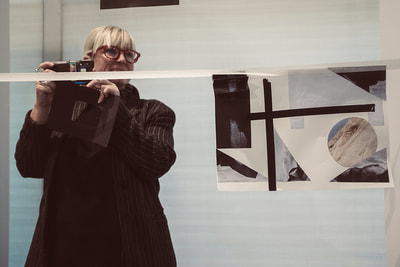
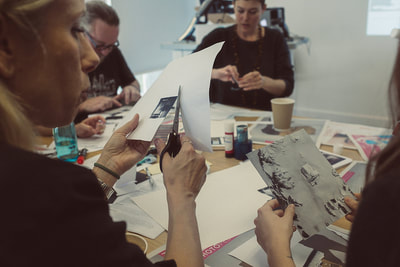
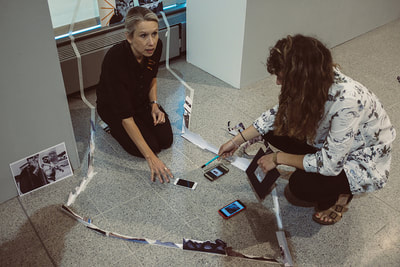
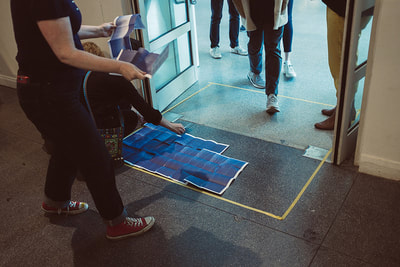
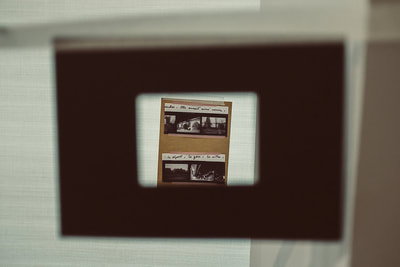
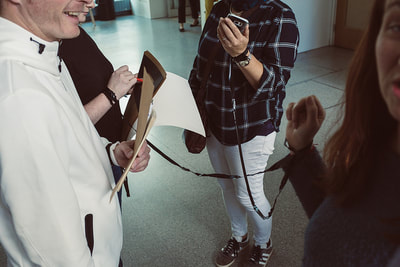
 RSS Feed
RSS Feed